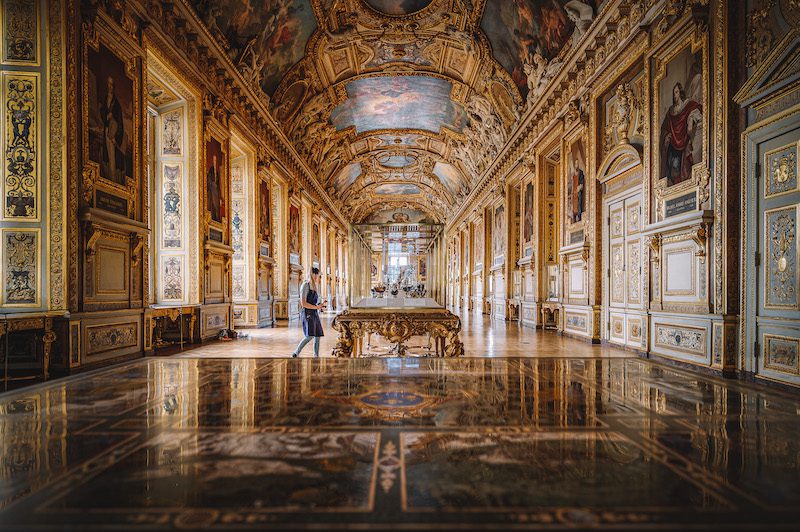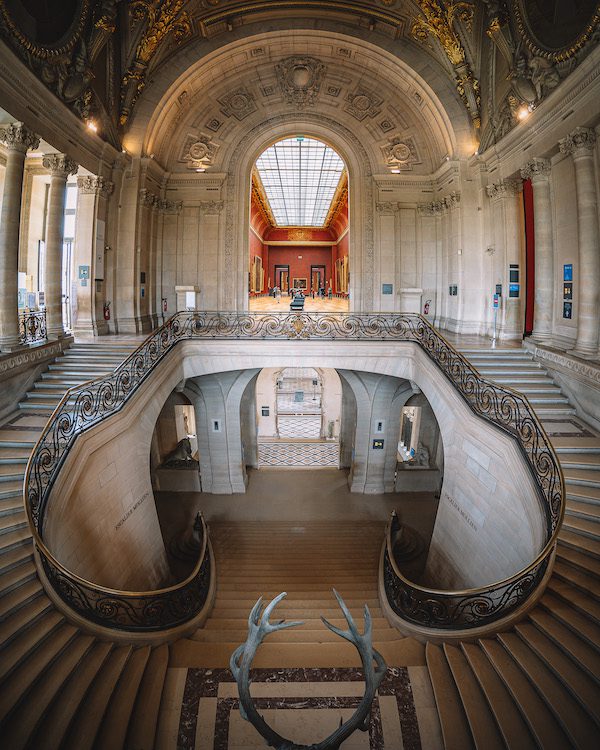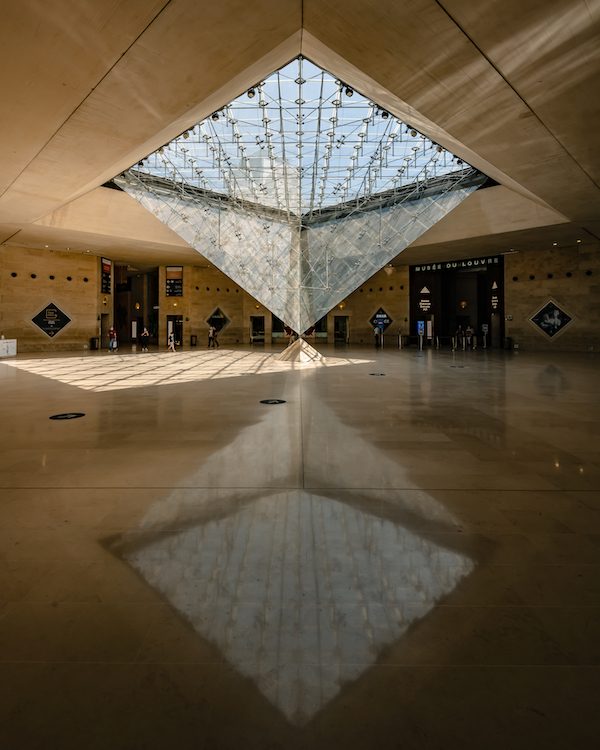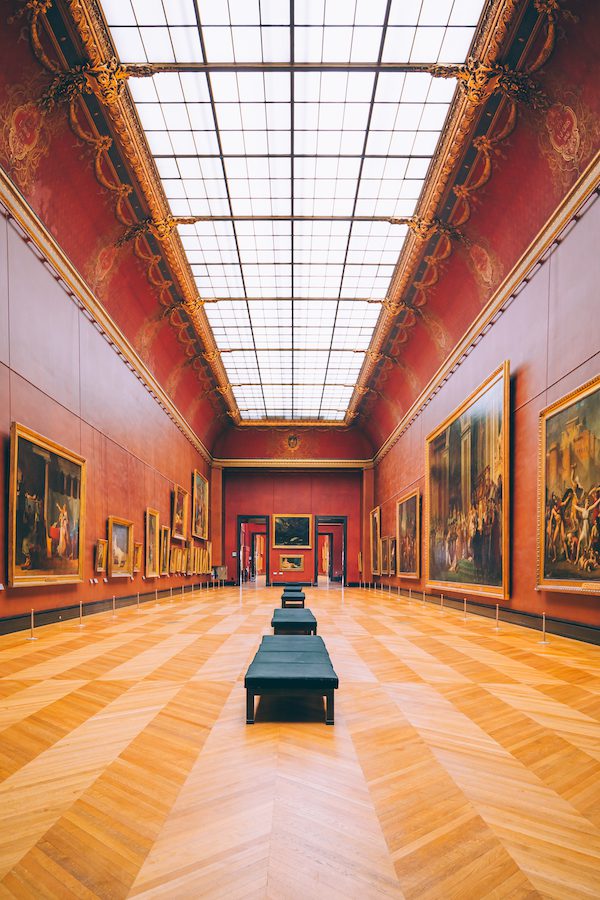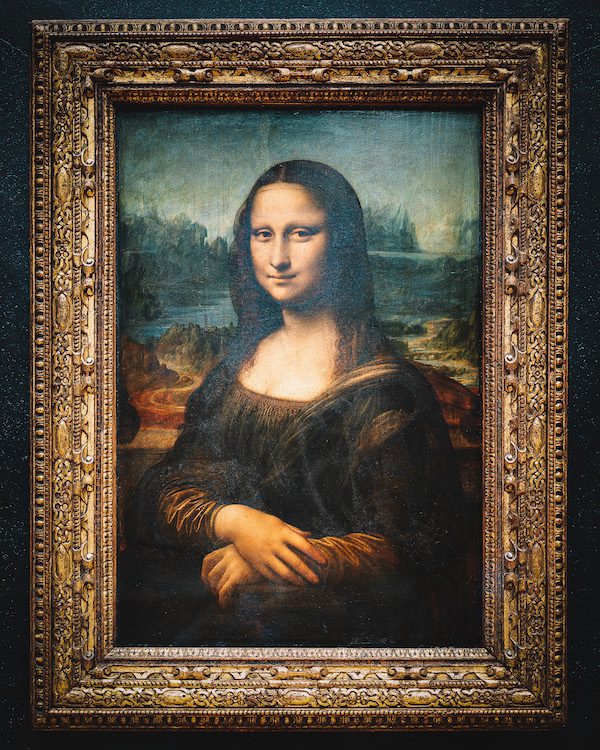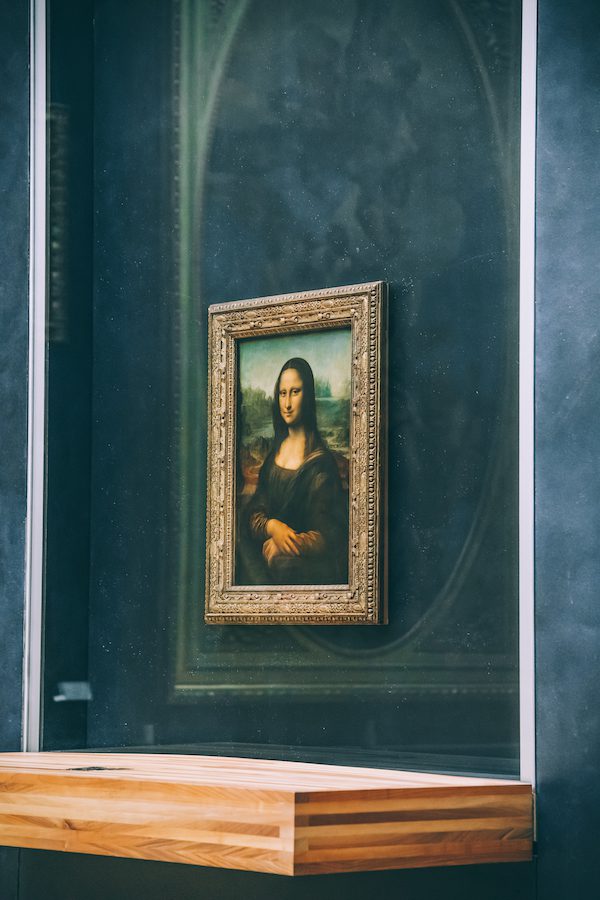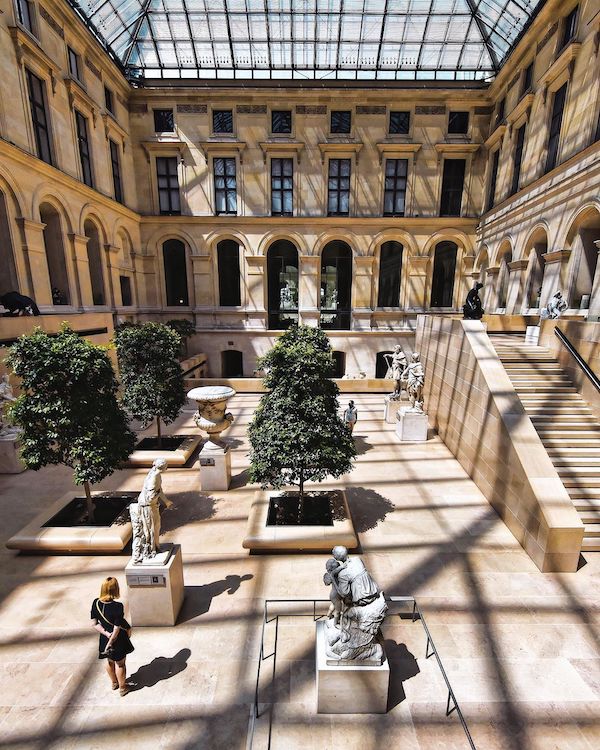The Louvre, arguably the most well-known museum not only in Paris but in the world, has a fascinating wealth of facts and history that is less well-known. Located in the 1st arrondissement of Paris, it is the most visited museum in the world, attracting nearly 10 million visitors annually.
Read on for 10 lesser-known facts about the institution that is the Louvre.
SUBSCRIBE TO THE MAGAZINE
It is the largest museum in the world
The Louvre, with its mazes of majestic halls and grand galleries, is one of the most celebrated and enduring museums, as well as the largest. The galleries alone span more than 652,300 square feet – that’s 15 acres! A good thing, considering a whopping 15,000 people visit each day.
It used to be a fortress
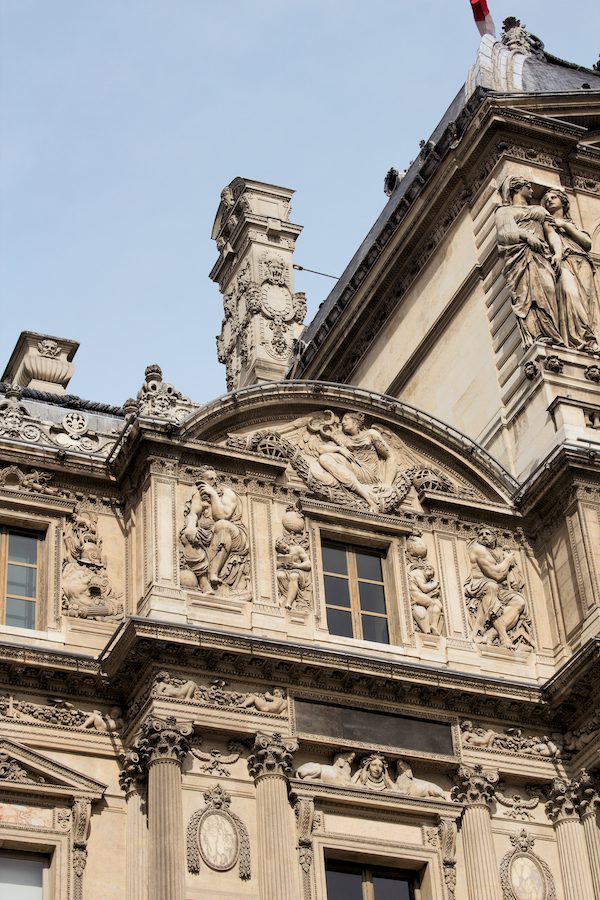
Constructed in the 12th century, the Louvre had a former life in the 1500s as a palace (perhaps you’ve heard it referred to as the Palais du Louvre), but it is lesser known that it also served as a fortress. Today it’s located in Paris’s center, but in 1190, it bordered the city’s then periphery; when King Philippe Auguste built a fortified wall around the city, it assumed the role of a defense tower. It became a museum in 1793.
The Louvre’s glass pyramid is nearly 70 feet tall
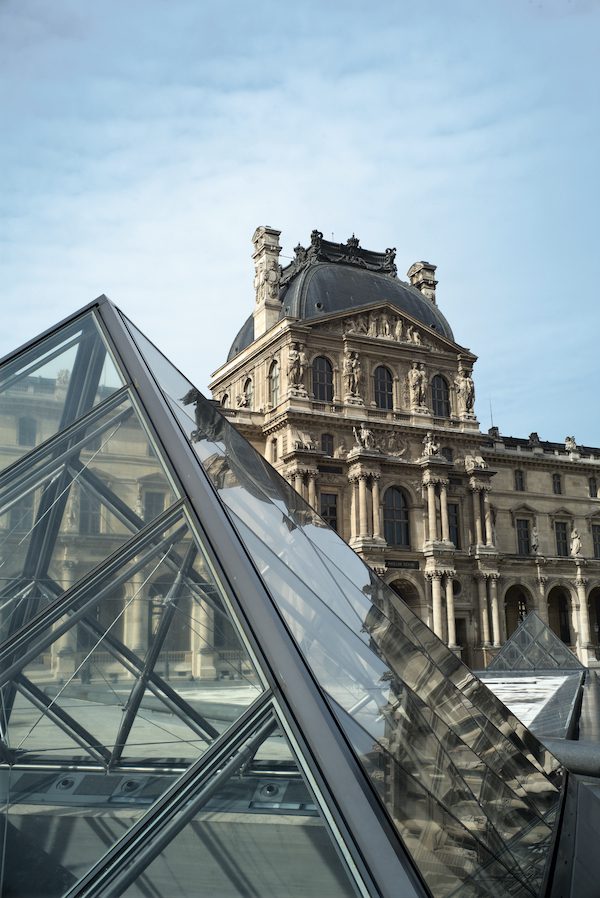
Made entirely of glass and metal, the museum’s famous pyramid, which can be seen at the ground level entrance as well as below, was built by Chinese architect I.M. Pei in 1989. It remains, by and large, the institution’s most recognizable feature.
You might not know that it is actually one of four pyramids in the Cour Napoleon (the other three are significantly smaller).
When it first opened, it only featured 721 works of art
After the 1789 French Revolution, the Royal Academy of Painting and Sculpture declared the Louvre would have the honor of showcasing the nation’s masterpieces. Now, it houses some 400,000 works, 35,000 of which are publicly displayed, broken into eight categories: Paintings; Prints and Drawings; Decorative Arts; Sculptures; Egyptian Antiquities, New Eastern Antiquities; Greek, Etruscan and Roman Antiquities and Islamic Art.
In fact…
It would take 100 days to see all the artwork
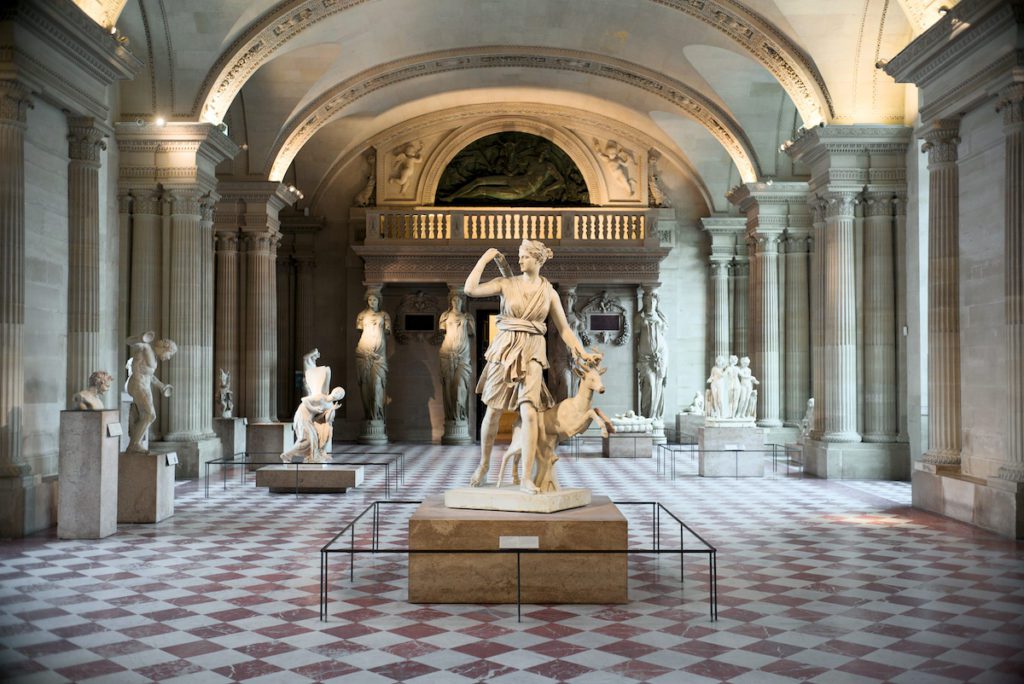
The Louvre’s collection is so vast, that if you were to spend only 30 seconds viewing each piece of art, it would take 100 consecutive days to see everything! (Note: this does NOT factor in breaks, sleeping or meals.)
Watch: A beautiful short film in an empty Louvre
It was once called the Napoleon Museum
Ever the egoist, when Napoleon Bonaparte took over France in 1799, he made many changes to the capital. One of these changes came about in 1802, when he renamed the Louvre the Musée Napoleon. In an even bolder move, he hung the world-famous Mona Lisa in his private bedroom for his sole enjoyment.
Speaking of which…
The Louvre didn’t always have the Mona Lisa
Did you know that one of the world’s most famous paintings – the Mona Lisa by Leonardo da Vinci – lived in many a royal palace (including Versailles and Fontainebleau) before ultimately finding her permanent home in the Louvre?
The Mona Lisa also may be more petite than you think
In real life, the Mona Lisa is often not as large as most people imagine before visiting the Louvre. The internationally renowned painting only measures 21 x 30 inches (only slightly larger than a sheet of paper). Now heavily protected behind bulletproof glass, it was stolen once in 1911 before being returned two years later.
The Louvre is rumored to be haunted
If you believe in that sort of thing… Rumor has it, the grand building and its grounds are haunted by a mummy named X. There is also said to be a ghostly man in red that is frequently spotted walking through the neighboring Jardin des Tuileries.
It is part of the axe historique
The axe historique is an architectural line of monuments that runs west through central Paris. Just over three miles long, the Louvre is in the center – between the Arc de Triumph, the Grande Arche of La Defense and the Place de la Concorde. Follow it for the perfect day of sightseeing!
Want more Louvre facts?

Consider Genevieve Bresc-Bautier’s new coffee-table tome, The Louvre: The History, The Collections, The Architecture. Exploring eight centuries of the museum’s evolution, it portrays its masterpieces in the context of their stunning spaces to make readers feel as if they’re there. Discover beloved works of art, fascinating history and even some hidden gems.

